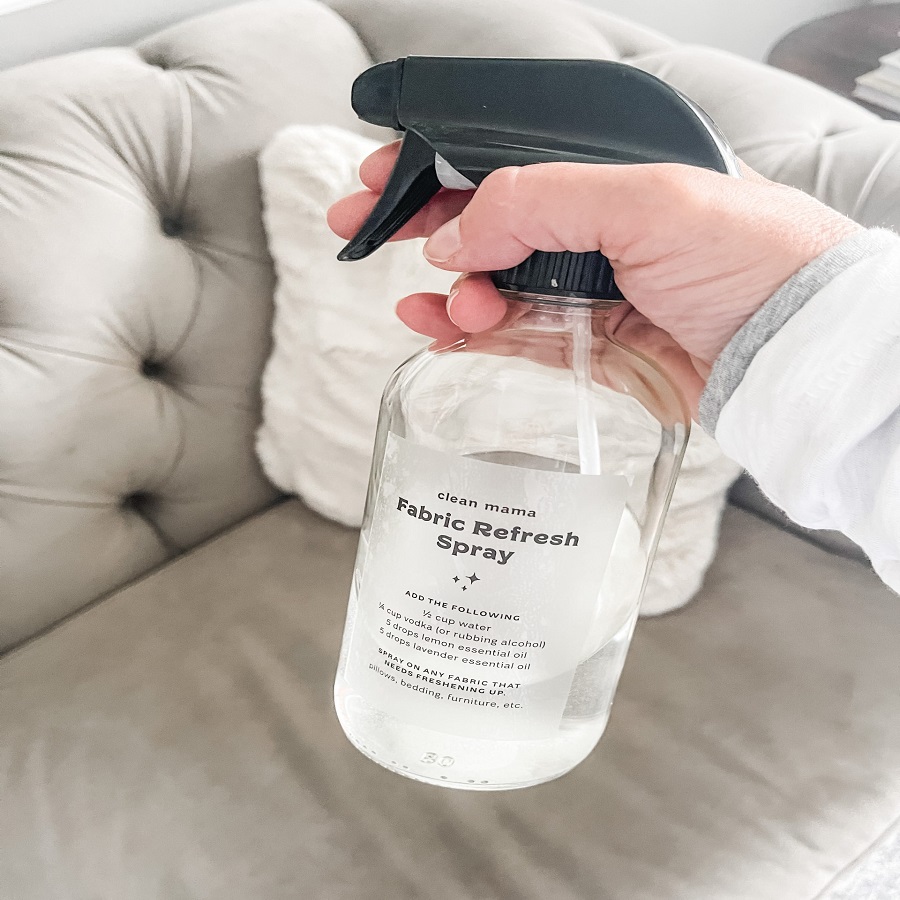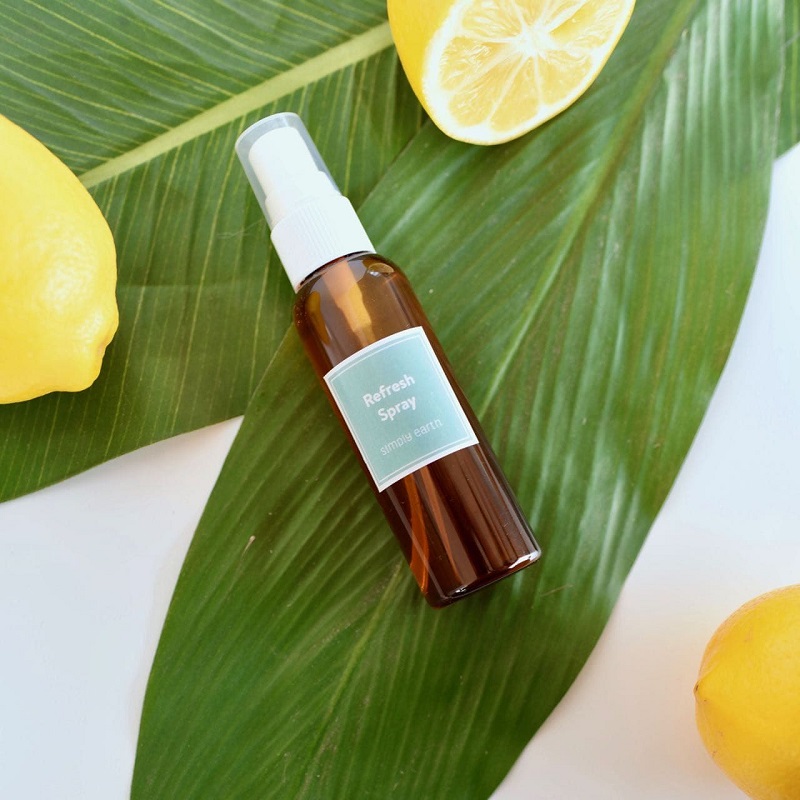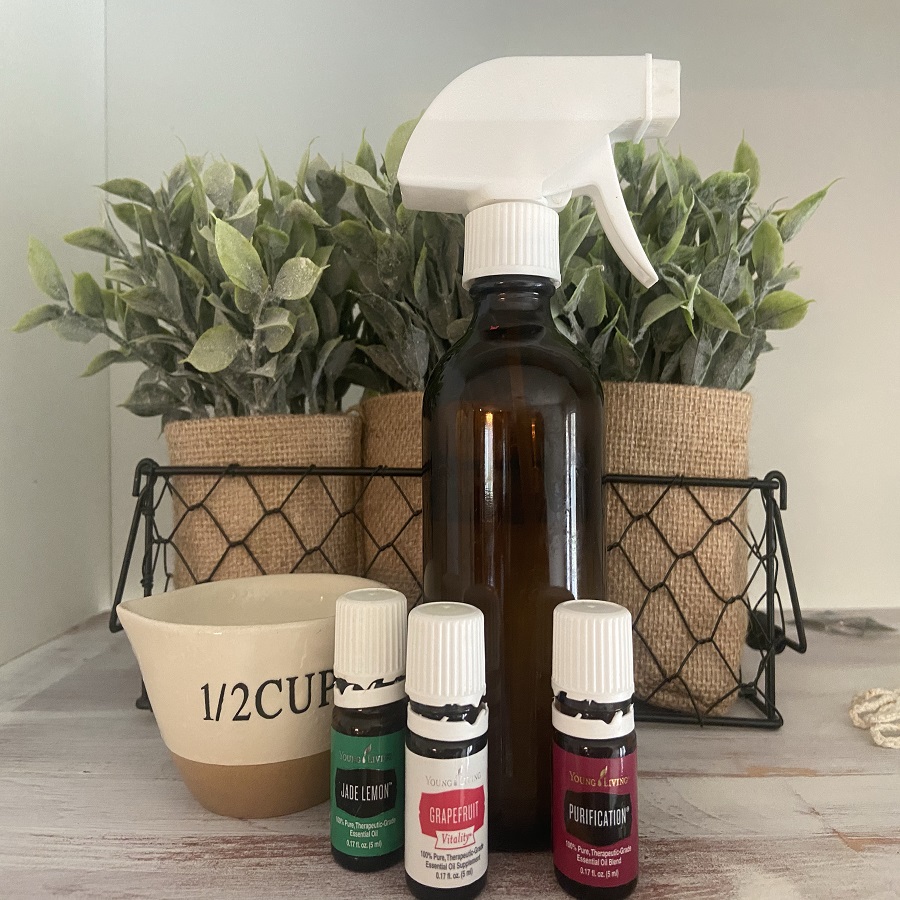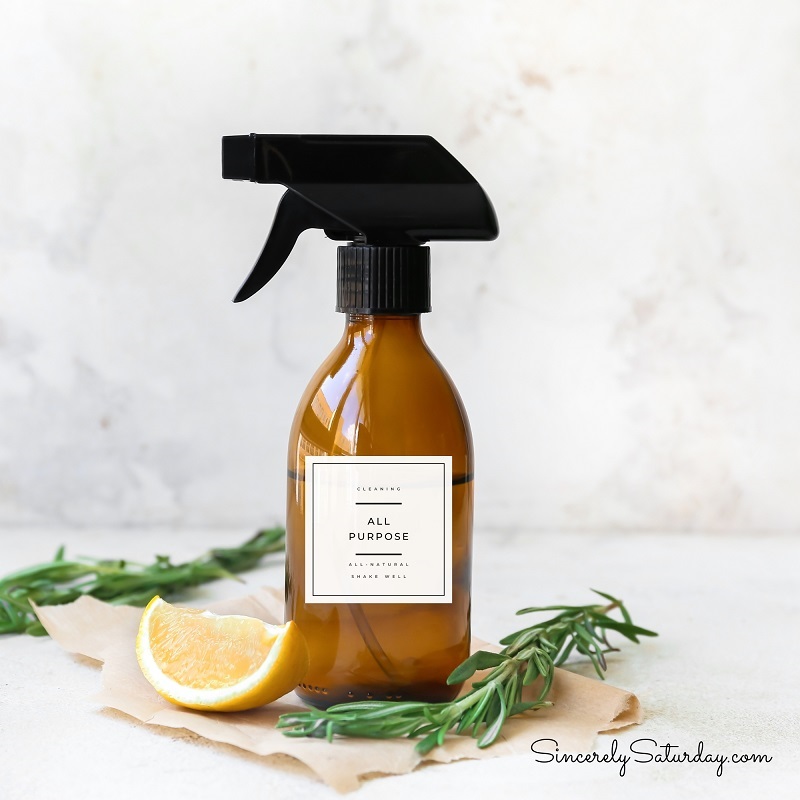Keeping your fabrics fresh and smelling clean doesn’t have to mean relying on commercial fabric refreshers that can be costly and filled with artificial chemicals. With a few simple ingredients and some creative solutions, you can make your own DIY fabric refresher at home. This article will explore various homemade fabric refresher recipes, the benefits of using natural ingredients, and tips for maintaining your fabrics in pristine condition.
Why Opt for DIY Fabric Refreshers?
Benefits of Homemade Fabric Refreshers
Creating your own fabric refresher solutions offers numerous advantages over store-bought alternatives. Firstly, DIY fabric refreshers are often more affordable. With just a few common household ingredients, you can make large batches of fabric refresher for a fraction of the cost of commercial products. Additionally, homemade solutions are customizable, allowing you to choose scents and ingredients that you prefer or are sensitive to. Many commercial fabric refreshers contain synthetic fragrances and chemicals that can cause allergic reactions or irritation. By making your own, you can avoid these potential issues and ensure that your fabric refresher is safe for everyone in your household.
Another significant benefit is environmental impact. Homemade fabric refreshers typically use natural ingredients and come with minimal packaging waste compared to their commercial counterparts. This not only helps reduce your carbon footprint but also supports a more sustainable lifestyle. Plus, making your own fabric refresher can be a fun and creative process, offering a satisfying sense of accomplishment.

Essential Ingredients for Homemade Fabric Refreshers
Vinegar: The Ultimate Deodorizer
Vinegar is a powerhouse ingredient in homemade fabric refreshers. Its acidic nature helps neutralize odors rather than just masking them, making it highly effective at removing unpleasant smells from fabrics. White vinegar, in particular, is a popular choice due to its colorless and odorless properties once it dries. It also has disinfectant qualities, which can help in reducing bacteria that contribute to odors.
To create a basic vinegar-based fabric refresher, combine one cup of white vinegar with one cup of water in a spray bottle. For added fragrance, you can include a few drops of your favorite essential oils, such as lavender or lemon. Shake well before each use and spray lightly over your fabrics. The vinegar smell will dissipate quickly, leaving behind a fresh scent.
Baking Soda: Odor Absorption Power
Baking soda is another versatile ingredient known for its odor-absorbing properties. It works by neutralizing odors rather than covering them up, making it an excellent addition to any homemade fabric refresher. Baking soda also helps to soften fabrics, which can enhance the feel of your upholstery and linens.
To use baking soda in a fabric refresher, dissolve two tablespoons of baking soda in a cup of water. You can enhance the solution with a few drops of essential oil for a pleasant scent. Mix thoroughly until the baking soda is fully dissolved, then transfer the solution into a spray bottle. This mixture can be used to freshen up carpets, upholstery, and clothing. Just be sure to shake the bottle well before spraying to ensure the baking soda remains evenly distributed.
Crafting Your Own Fabric Refresher Recipes
Lavender and Lemon Fabric Refresher
Lavender and lemon are two popular essential oils known for their pleasant and refreshing scents. Lavender offers a calming and soothing fragrance, while lemon provides a bright and uplifting aroma. Combining these two can create a well-balanced and invigorating fabric refresher.
To make this fabric refresher, fill a spray bottle with one cup of water and add two tablespoons of vodka (which acts as a preservative and helps the essential oils mix with the water). Add ten drops of lavender essential oil and ten drops of lemon essential oil. Shake well before each use. This mixture is perfect for refreshing bed linens, couch cushions, and even carpets. The vodka helps the oils to disperse more evenly, ensuring a consistent scent.
Mint and Eucalyptus Fabric Refresher
For a more invigorating and cooling scent, consider using mint and eucalyptus essential oils. This combination is especially useful for eliminating strong odors and giving your fabrics a fresh, clean aroma. Both oils have antibacterial properties, which can also help in reducing germs on your fabrics.
To create this refresher, mix one cup of water with two tablespoons of witch hazel in a spray bottle. Add fifteen drops of peppermint essential oil and fifteen drops of eucalyptus essential oil. Shake the bottle well to combine the ingredients thoroughly. This fabric refresher is ideal for use in bathrooms, kitchens, and other areas where strong odors are common.
Tips for Using DIY Fabric Refreshers
Test on a Small Area First
Before using any homemade fabric refresher on a large area, it’s essential to test it on a small, inconspicuous spot first. This precaution helps to ensure that the solution won’t cause any discoloration or damage to your fabrics. Spray a small amount on the test area and wait for it to dry completely. Check for any adverse reactions before proceeding with larger applications.
Use in Well-Ventilated Areas
When using homemade fabric refreshers, it’s a good idea to apply them in well-ventilated areas. This helps the fabrics dry more quickly and allows the essential oils to disperse evenly. Proper ventilation also helps in reducing the intensity of the scent, preventing it from becoming overwhelming. Open windows or use fans to ensure adequate airflow when applying the refresher.

Storing Your Fabric Refreshers
Choosing the Right Storage Containers
Proper storage of your DIY fabric refresher solutions is important to maintain their effectiveness and longevity. Store your fabric refreshers in clean, dry spray bottles or glass containers with tight-fitting lids. Dark-colored bottles can help protect essential oils from light, which can degrade their potency over time. Label your containers with the ingredients and date of preparation to keep track of freshness.
Shelf Life and Expiration
Homemade fabric refreshers generally have a shelf life of several months, depending on the ingredients used. Essential oils can remain effective for up to a year, while vinegar and baking soda solutions may have a shorter shelf life. To ensure optimal performance, use your fabric refresher within a few months of making it. If you notice any changes in scent or consistency, it may be time to prepare a new batch.
Additional DIY Fabric Care Tips
Regular Cleaning and Maintenance
In addition to using fabric refreshers, regular cleaning and maintenance are crucial for keeping your fabrics in top condition. Vacuum carpets and upholstery regularly to remove dust and dirt. Wash bed linens, cushions, and clothing according to care instructions to prevent the buildup of odors and stains. A combination of regular cleaning and DIY fabric refreshers will help ensure your fabrics remain fresh and inviting.
Avoiding Common Fabric Refreshing Mistakes
When using fabric refreshers, avoid over-spraying, as excessive moisture can lead to dampness and potential mildew growth. Light, even applications are more effective and safer for your fabrics. Also, ensure that the refresher is thoroughly dry before using or sitting on the treated fabrics. This helps prevent any potential transfer of the refresher to other surfaces or clothing.

Conclusion
DIY fabric refreshers offer a cost-effective, customizable, and eco-friendly solution for keeping your fabrics smelling fresh and clean. By using natural ingredients like vinegar, baking soda, and essential oils, you can create effective fabric refreshers that cater to your preferences and needs. With a little creativity and some basic supplies, you can enjoy a fresher home environment while reducing your reliance on commercial products. Remember to follow proper application and storage practices to get the most out of your homemade fabric refreshers and maintain the quality of your fabrics.









